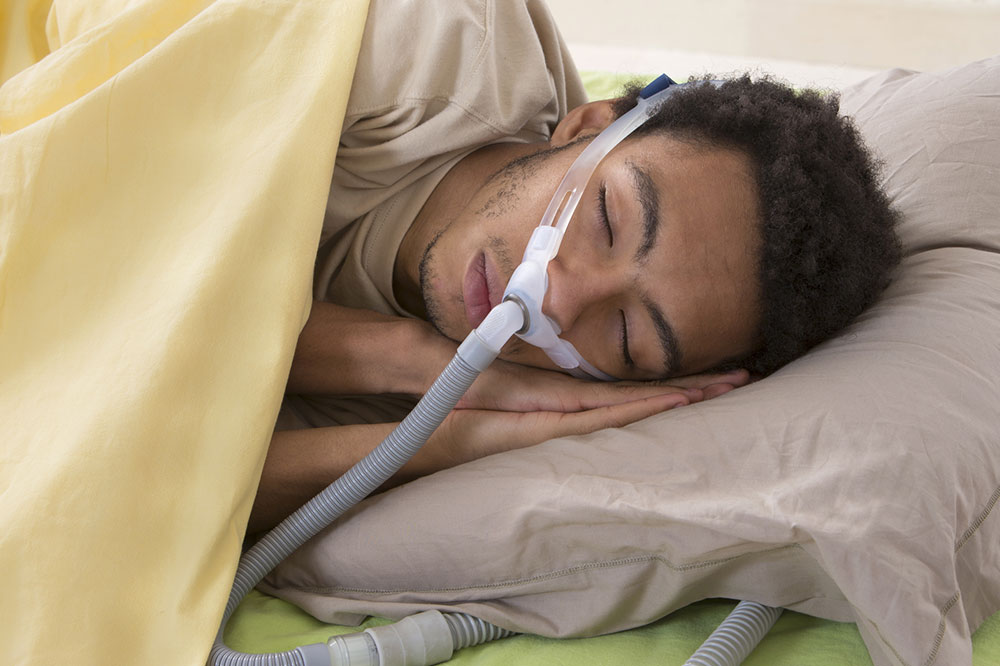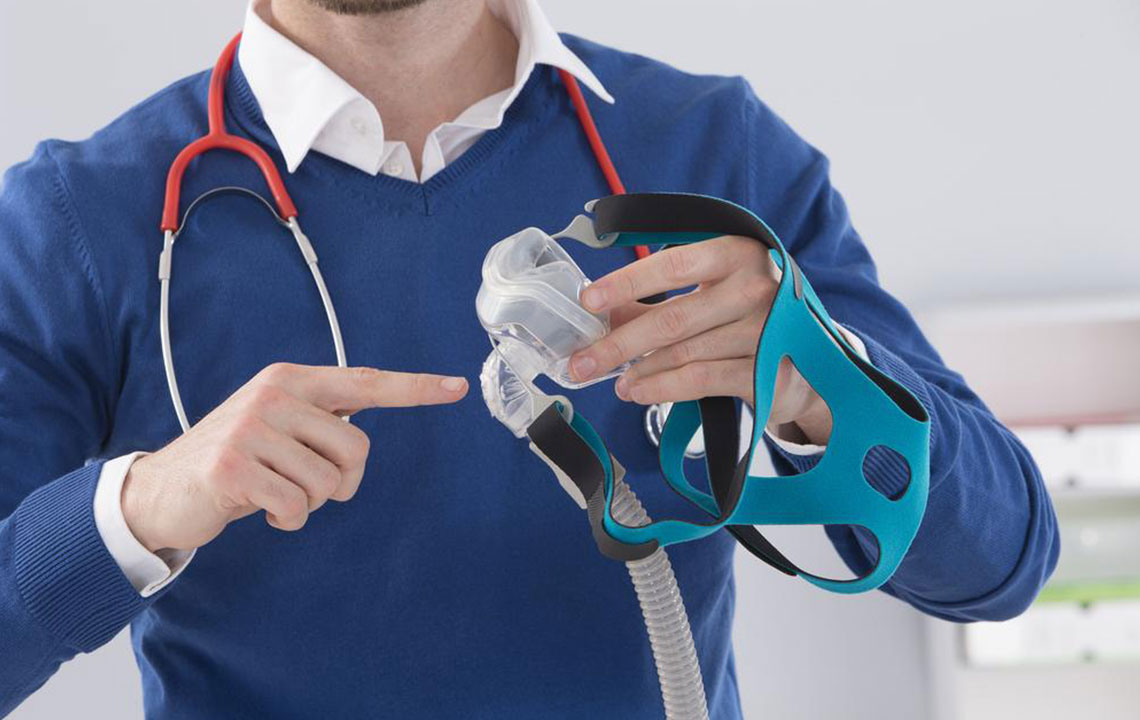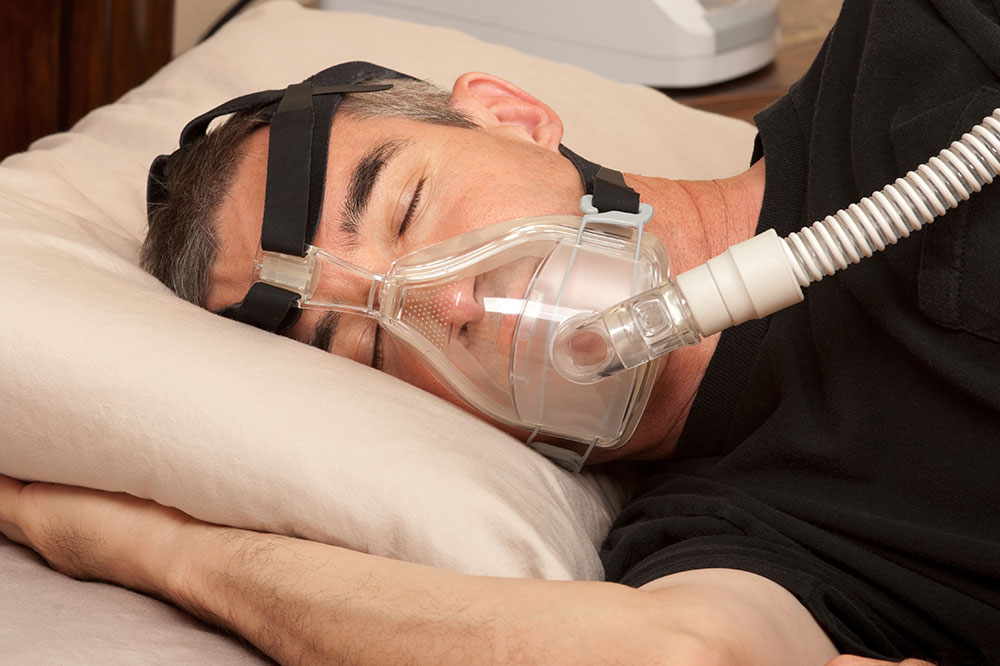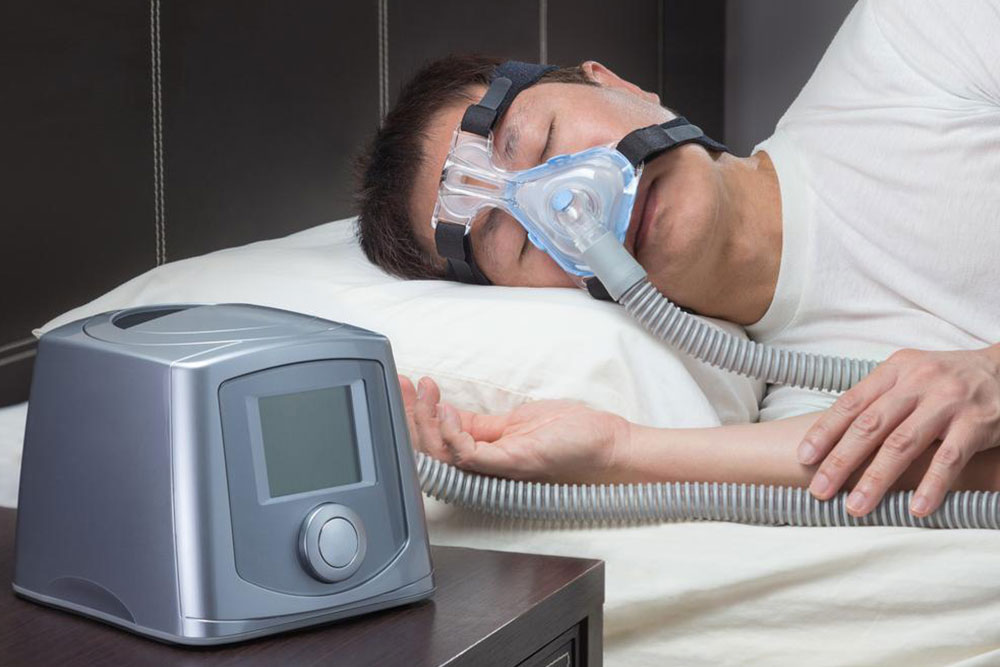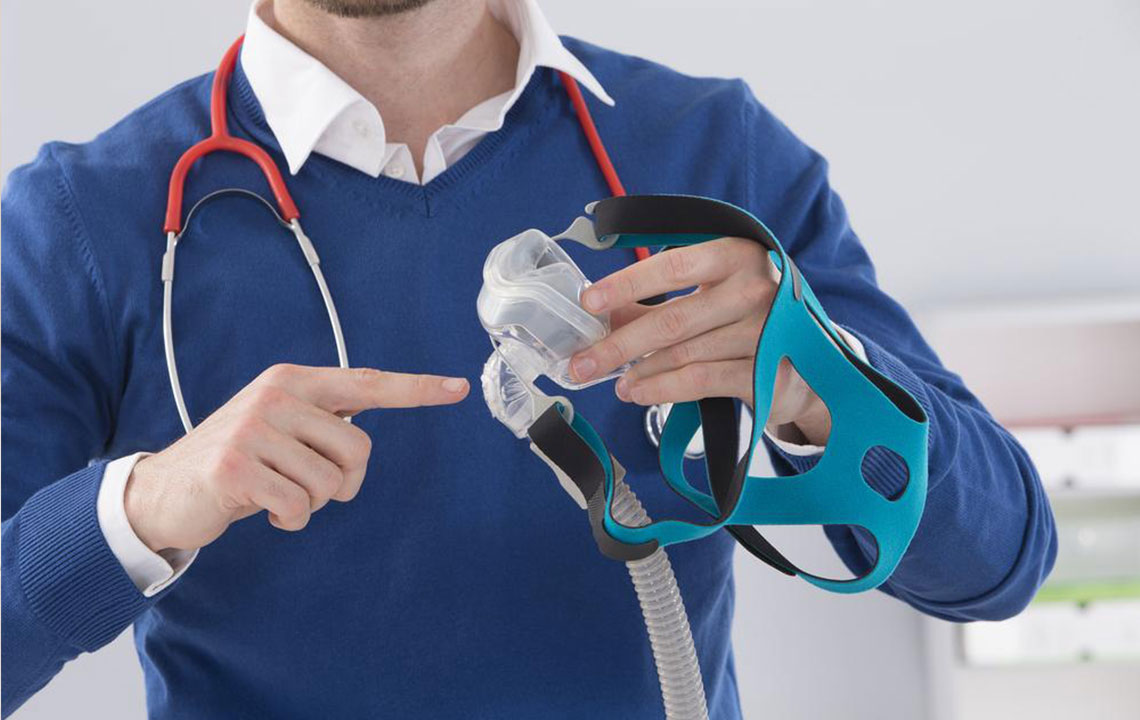Key Insights into Sleep Apnea: Causes, Symptoms, and Treatment
Sleep apnea is a common but serious sleep disorder characterized by breathing interruptions during sleep. It can lead to health risks if untreated. Types include obstructive, central, and complex sleep apnea, with symptoms like loud snoring, choking, and daytime fatigue. Treatment options range from lifestyle changes to CPAP therapy and surgery. Maintaining a healthy weight and diet, along with oral exercises, can help manage symptoms. Consultation with healthcare professionals is crucial for proper diagnosis and personalized care.

Sleep apnea is a significant sleep disorder characterized by irregular breathing patterns during rest. It is more prevalent than many realize, affecting approximately 18 million people, with 2-4% undiagnosed. The disorder involves episodes where breathing temporarily stops, risking oxygen deprivation. There are three main types: obstructive sleep apnea, caused by relaxed throat muscles blocking the airway; central sleep apnea, due to brain signals failing to stimulate breathing; and complex sleep apnea, a combination of both. Factors like excess weight, a thick neck, nasal congestion, smoking, and heart issues increase risk. Genetics may also play a role.
Common symptoms include loud snoring, interrupted breathing, choking during sleep, daytime fatigue, headaches, mood changes, poor focus, and frequent bathroom trips. Mild cases may improve through lifestyle changes such as weight loss, avoiding alcohol and sleeping pills, and adjusting sleep positions. For severe conditions, treatments like CPAP therapy, dental devices, or surgery—including nasal or jaw procedures—are recommended.
A CPAP machine is a compact device that delivers pressurized, humidified air via a mask to keep airways open throughout sleep, preventing interruptions. Maintaining a healthy weight is crucial; dietary choices can support this. Foods rich in calcium, protein, and vitamin D—such as low-fat dairy, whole grains, berries, and vegetables—may reduce symptoms. Avoiding mucus-promoting foods like bananas and saturated fats is advised.
Some exercises targeting oral and throat muscles can also help alleviate sleep apnea symptoms. Simple tongue movements against the roof of the mouth can strengthen muscles and improve airflow. It’s important to consult healthcare professionals for personalized treatment and management plans.

